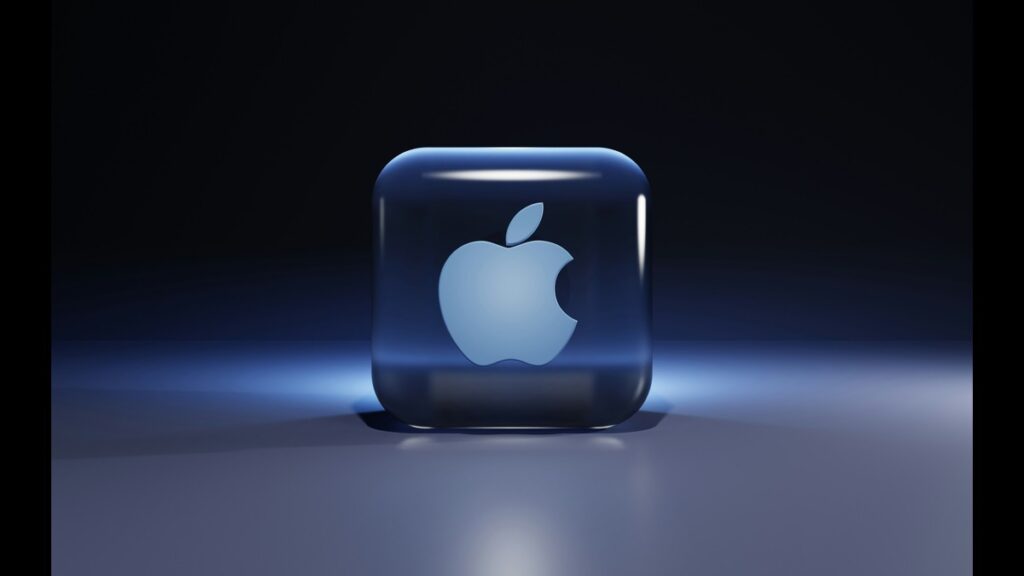
Apple’s recent announcement of groundbreaking accessibility features for its iPad and iPhone devices marks a significant step forward in the realm of inclusive technology. By prioritizing the needs of users with physical disabilities, Apple continues to demonstrate its commitment to creating products that empower all individuals to navigate, communicate, and interact with digital platforms seamlessly.
Search
Recent Posts:
- OpenAI Brings ChatGPT to be used in WhatsApp: Here’s How It Works and What You Can Do To Use It.
- Realme 14x 5G: A Budget Smartphone With Premium Features.
- Exploring Apple Genmoji: A New Era of Custom Emoji Creation.
- 2024 United States Presidential Election: Donald Trump Declares Victory in 2024 Presidential Election
- Chancellor Olaf Scholz’s Visit to India: Advancing Indo-German Cooperation on Defense, Trade, and Regional Stability.
Eye Tracking Technology for iPad and iPhone
Among the most notable additions is the introduction of “Eye Tracking,” a cutting-edge feature powered by artificial intelligence. Leveraging the capabilities of the front-facing camera and on-device machine learning, Eye Tracking enables users to control their iPad and iPhone devices using only their eyes. This breakthrough innovation eliminates the need for additional hardware or accessories, making it a truly accessible solution for individuals with mobility impairments.
Through Eye Tracking, users can navigate apps, activate controls, and perform gestures with precision and ease. The inclusion of Dwell Control further enhances usability, allowing users to interact with on-screen elements by focusing their gaze on them for a predetermined amount of time. This intuitive approach to interaction opens up new possibilities for individuals with limited mobility, enabling them to engage with technology in ways that were previously inaccessible.
The Revolutionary Music Haptics for Deaf and Hard of Hearing Users
Apple is also pioneering “Music Haptics,” a feature designed to make music more accessible to users who are deaf or hard of hearing. By harnessing the power of the Taptic Engine—a component that delivers tactile feedback—Music Haptics enhances the listening experience by translating audio cues into physical sensations. This innovative approach not only provides users with a unique way to experience music but also demonstrates Apple’s commitment to inclusivity in the realm of entertainment.
The Vocal Shortcuts Revolutionize Accessibility
Furthermore, Apple is set to introduce “Vocal Shortcuts,” a feature that allows users to customize voice commands for Siri, the company’s virtual assistant. This functionality is particularly beneficial for individuals with speech-affecting conditions, such as cerebral palsy or ALS, who may struggle to communicate using traditional methods. By enabling users to create personalized utterances, Vocal Shortcuts empowers individuals to access the full capabilities of their devices with greater ease and efficiency.
Another noteworthy addition to Apple’s accessibility toolkit is “Listen for Atypical Speech,” a feature that leverages on-device machine learning to recognize and adapt to unique speech patterns. This technology holds tremendous promise for individuals with speech-related disabilities, providing them with a more intuitive and responsive means of interacting with their devices.
A Breakthrough in Motion-Related Accessibility
In the realm of motion-related accessibility, Apple has introduced “Vehicle Motion Cues,” a feature designed to mitigate motion sickness for users while traveling in vehicles. By providing visual indicators of motion changes, such as animated dots on the screen, this feature helps to reduce sensory conflicts that can contribute to discomfort and nausea. For individuals who experience motion sickness regularly, this innovation represents a significant improvement in their ability to engage with digital devices while on the move.
Apple’s Leadership in Inclusive Technology and Accessibility
These groundbreaking accessibility features come at a time when the importance of inclusive technology has never been clearer. As society becomes increasingly reliant on digital platforms for communication, information access, and entertainment, it is essential that these tools are designed to be accessible to all individuals, regardless of their abilities or limitations.
By prioritizing accessibility in its product development efforts, Apple is not only making technology more inclusive but also setting a standard for other companies to follow. As the industry leader in consumer electronics, Apple has a unique opportunity to drive positive change and empower individuals with disabilities to fully participate in the digital world.
In addition to its hardware and software innovations, Apple is also actively engaged in raising awareness about accessibility issues and promoting a culture of inclusion within the tech community. Through initiatives like Global Accessibility Awareness Day, Apple seeks to educate and inspire others to prioritize accessibility in their own work, driving progress towards a more inclusive future for all.
To read more topics, please visit: https://insightfulbharat.com






